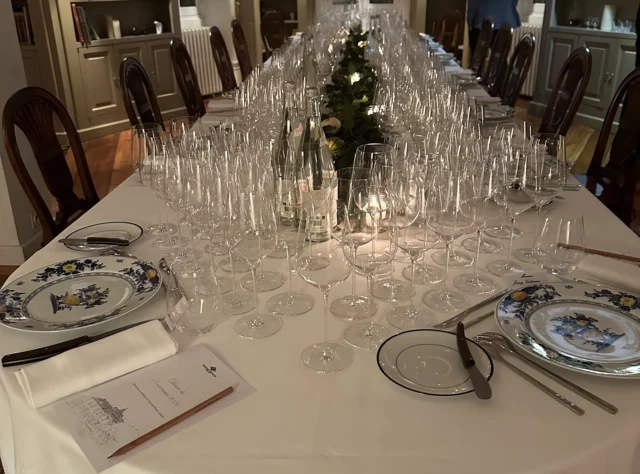2004 Vintage Overview
Updated Sep 2022

The weather
The first half of July was cool and cloudy – ideal conditions for oïdium, which caused problems for careless vignerons for the rest of the summer. The second half of the month warmed up noticeably, but now the clouds brought thunderstorms almost every day, and sometimes hail. The worst storms were on July 19th and August 23rd, affecting almost every village in the Côte – except Nuits-St-Georges, which was more or less unscathed.
Fortunately, the last few days of August and the first ten days of September were dry and sunny, and though the skies were cloudier for the rest of the month there was no significant rain to speak of until the end of the first week of October. Conditions were quite similar to 2002, when a period of cool, dry weather saved a crop that had been in doubt at the end of August.
The Ban de Vendanges in the Côte de Beaune was declared for Monday September 20th for red wines and Wednesday 22nd for the whites, though several growers obtained permission to start earlier. The weather was mostly grey during the week, with sunnier periods and some showers, but nothing too damaging, especially with the north wind drying the grapes.
All serious producers these days have tables de tri – usually vibrating tables – and these were certainly essential in 2004. It was very instructive to spend the week of the harvest visiting growers and working on their sorting tables, to see how meticulous the best producers were and needed to be.
First impressions
The conscientious Chardonnay growers ended up very pleased with their 2004 harvest. They reported a medium to large crop of grapes which had reached ripeness (12.5-13 per cent), had the perfect balance of acidity and showed fine aromatics from the start – a similar style to 1992, perhaps.
Early on it looked as though 2004 would be more of a white- wine vintage than a red one. How gloomy it all seemed in the wake of the hailstorms of July and August. However, the fine weather in September prevented complete catastrophe and oddly enough some of the hail-affected vineyards ended up producing grapes of surprising quality, and in some cases unusually high sugar levels. However, in general the reds in the barrel seemed a little under-nourished, lacking real ripeness – but no worse than that.
The wines in bottle
The whites have continued to find favour with the critics, though it has not been a favourite vintage of mine. I perceive some herbaceous notes, especially from those vineyards that suffered very badly from the heat of 2003, and from those producers who did not manage their vineyard treatments correctly. There are plenty of enjoyable bottles among the 2004 whites, only a handful which have been outstanding. On the whole, I would recommend drinking up remaining stocks.
Most of the reds developed an alarmingly aggressive herbaceous aspect shortly after bottling. Some wines had seemed a touch on the green side, but nothing like this. One theory trotted out was that the ladybirds were to blame: crushed ladybirds in the destemmers having given off an aggressive type of acidity, the ladybird version of formic acid.
Another theory is that the addition of sulphur at bottling, combined with the high sulphur levels used during the growing season and the underripe nature of the fruit combined into a form of herbaceous reduction in the bottle. In any event, this herbaceousness is falling away now, leaving some faintly leafy notes in among the fruit flavours, which is evolving reasonably quickly. I would not be tempted to keep these wines for very much longer.





